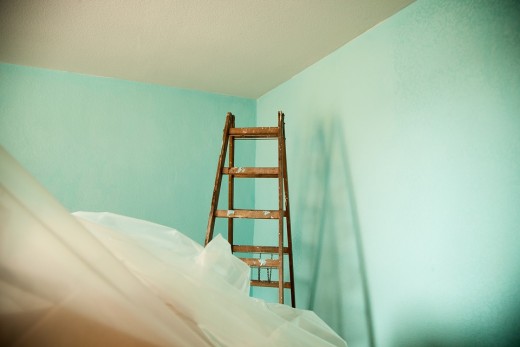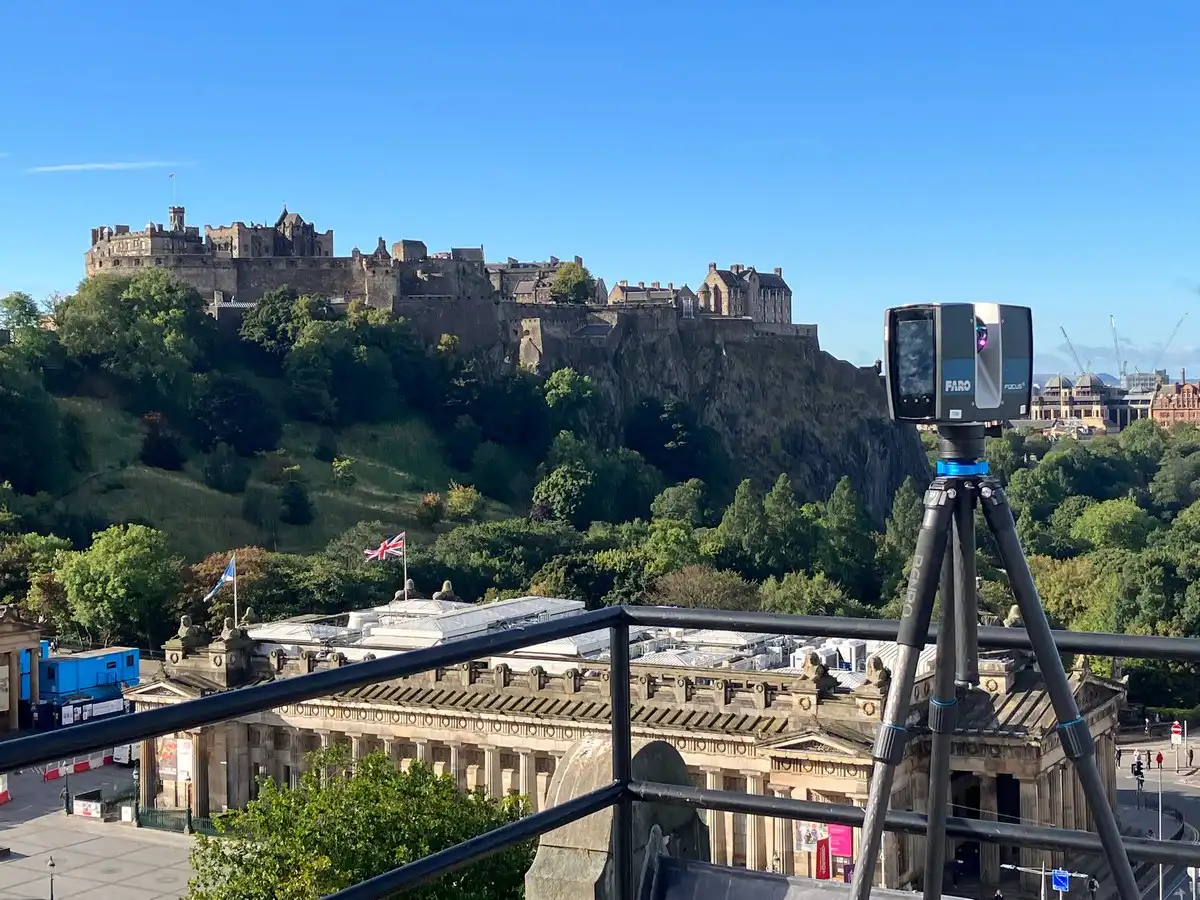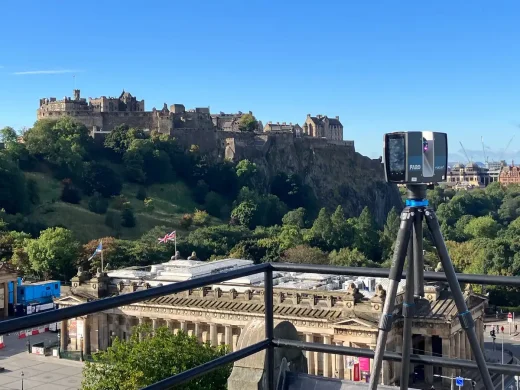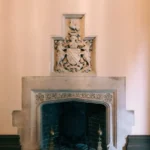Preserving Edinburgh’s legacy: The vital role of heritage surveys in conservation Projects, Property Building Control Advice
Preserving Edinburgh’s Legacy: The Vital Role of Heritage Surveys in Conservation Projects
10 May 2024
In the historic city of Edinburgh, where centuries of rich cultural heritage are woven into the fabric of its streets, the importance of heritage surveys in conservation projects cannot be overstated.
With a wealth of iconic landmarks, historic buildings, and archaeological sites dotting its landscape, Edinburgh stands as a testament to the enduring legacy of the past. In this article, we explore the critical role of heritage measured building surveys in preserving Edinburgh’s heritage, highlighting their significance and diverse applications.
Leveraging advanced technologies such as 3D laser scanning, photogrammetry, and Building Information Modeling (BIM), heritage surveys play a pivotal role in documenting, analysing, and conserving the city’s architectural treasures for future generations to cherish and enjoy. In collaboration
with trusted heritage survey companies such as Red Laser Scanning Company, Edinburgh’s conservation efforts are bolstered by cutting-edge technologies and expertise, ensuring the meticulous documentation and conservation of its cherished heritage.
Applications of 3D Laser Scanning
3D laser scanning technology has emerged as a cornerstone in heritage preservation efforts, offering a non-intrusive yet highly accurate method for capturing intricate three-dimensional details of historical sites. This advanced technology enables the
creation of precise digital representations of heritage buildings such as churches, and castles, capturing every detail of historical mosaics, and other architectural marvels, providing meticulous documentation of their structures and surroundings. By utilising 3D laser scanning, heritage professionals can safeguard and promote our rich cultural heritage by creating digital records that serve as invaluable resources for preservation and research purposes.
The application of 3D laser scanning extends beyond documentation, playing a crucial role in restoration and conservation projects. By analysing architectural elements with exceptional precision, heritage experts can develop informed strategies for the preservation of deteriorating structures and the restoration of historical landmarks to their former glory. The deliverables derived from laser scanning data, including point clouds, 2D drawings and 3D models, 360-degree tours, and orthophotos, provide detailed and accessible records for future research, conservation, and educational purposes. In essence, 3D laser scanning technology is revolutionising the way we understand, preserve, and celebrate our cultural heritage, ensuring that it remains accessible and appreciated by generations to come.
Utilising Orthophotos
Utilising orthophotos in heritage survey projects is paramount for capturing accurate and detailed representations of historical sites and structures. Orthophotos, which are geometrically corrected aerial images, provide a detailed view of heritage sites and features, allowing for precise measurements and analysis of architectural features and spatial relationships. In heritage conservation efforts, orthophotos serve as invaluable tools for documenting, monitoring, and assessing the condition of historical buildings, archaeological sites, and cultural landscapes.
By integrating orthophotos into heritage surveys, conservationists and archaeologists can gain insights into the evolution of heritage sites over time, identify areas of deterioration or damage, and develop targeted preservation strategies. Additionally, orthophotos facilitate the creation of digital archives and interactive mapping platforms, enabling public access to heritage resources and fostering greater appreciation and understanding of our cultural heritage.
Harnessing Building Information Modeling (BIM)
Building Information Modeling (BIM) technology has emerged as a powerful tool for heritage conservation, offering a collaborative platform for managing, visualising, and analysing complex heritage projects. BIM enables stakeholders to integrate diverse data sources, including 3D laser scans, photogrammetric models, and historical documentation, into a unified digital model of the heritage asset.
This
model serves as a valuable resource for conservation planning, documentation, and decision-making, facilitating interdisciplinary collaboration and ensuring the effective management of heritage resources. For example, in the restoration of a historic cathedral, BIM can help architects, engineers, and conservators coordinate their efforts, visualise proposed interventions, and assess the impact on the building’s structural integrity and historic fabric.
Conclusion
In conclusion, heritage surveys are indispensable tools for conserving our cultural heritage, providing valuable insights into the significance, condition, and management of historic structures and sites. Through the application of 3D laser scanning, photogrammetry, and Building Information Modeling (BIM) technologies, heritage professionals can document, analyse, and interpret heritage assets with unprecedented accuracy and detail. By harnessing the power of these advanced surveying techniques, we can ensure that our rich cultural heritage continues to inspire and enrich future generations, preserving the legacy of the past for years to come.
Comments on this Preserving Edinburgh’s Legacy: The Vital Role of Heritage Surveys in Conservation Projects article are welcome.
Scottish Architecture
Contemporary Lothian Buildings
Charlotte Square Edinburgh New Town Square

image courtesy of article provider
Comments / photos for the Preserving Edinburgh’s Legacy: The Vital Role of Heritage Surveys in Conservation Projects page welcome





